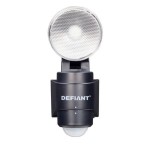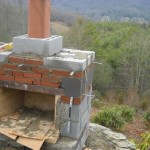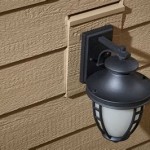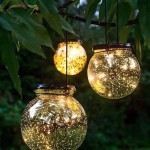Best Plants For Outdoor Pots Year Round
Outdoor pots offer a versatile and visually appealing way to enhance your garden or outdoor space. Selecting plants that thrive in containers year-round, however, requires careful consideration of climate, light conditions, and plant preferences. This article will explore some of the best plants for outdoor pots that can beautify your space throughout the seasons.
Evergreen Shrubs and Trees
Evergreen shrubs and trees provide year-round foliage and structure to your outdoor pots. Their evergreen nature offers a sense of permanence and visual interest even during winter. Some popular choices include:
- Boxwood (Buxus): Hardy and adaptable, boxwoods come in various sizes and forms, ranging from compact spheres to tall, columnar shapes. They tolerate a wide range of conditions and can handle some shade.
- Holly (Ilex): Known for their vibrant red berries in winter, holly thrives in cooler climates and provides a festive touch. Some varieties, like 'Blue Princess' and 'Red Beauty,' are particularly well-suited for containers.
- Yew (Taxus): Yew trees are slow-growing and can be pruned into various shapes. They prefer well-drained soil and can tolerate shade. Their dark green foliage provides a classic evergreen look.
- Rosemary (Rosmarinus officinalis): This fragrant herb is not only beautiful but also useful in the kitchen. Its evergreen foliage and attractive purple flowers make it a perfect choice for containers.
Perennial Flowers
Perennial flowers offer a vibrant burst of color and attract pollinators to your outdoor pots. They return year after year, providing consistent beauty. Some top choices include:
- Lavender (Lavandula angustifolia): Lavender is a classic choice for containers, known for its beautiful purple flowers and fragrant leaves. It prefers well-drained soil and full sun.
- Salvia (Salvia officinalis): Salvia, also known as sage, is a hardy and adaptable perennial with a range of vibrant colors, including purple, blue, and red. It's drought-tolerant and attracts pollinators.
- Daylilies (Hemerocallis): Daylilies are known for their large, showy flowers that bloom from late spring to early fall. They come in a wide range of colors and thrive in full sun to partial shade.
- Coneflower (Echinacea purpurea): Coneflowers are popular for their vibrant purple blooms and their ability to attract butterflies. They're drought-tolerant and prefer full sun.
Annual Flowers
Annual flowers provide a burst of color and fresh appeal throughout the growing season. They require replanting each year, but their vibrant blooms add a dynamic touch to your outdoor pots. Some popular choices include:
- Petunias (Petunia): Petunias are known for their abundance of colorful flowers and their ability to thrive in hanging baskets and containers. They come in a wide range of colors and forms.
- Geraniums (Geranium): Geraniums are classic container plants known for their vibrant blossoms and their ability to tolerate heat and drought. They come in a range of colors, including red, pink, and white.
- Marigolds (Tagetes): Marigolds are popular for their bright, cheerful flowers and their ability to repel pests. They're easy to grow and come in a range of colors, including yellow, orange, and red.
- Zinnias (Zinnia): Zinnias are cheerful annuals known for their colorful flowers and their ability to attract butterflies. They come in a wide range of colors and forms.
Choosing the Right Pots
The choice of pots is crucial for successful container gardening. Consider the following factors:
- Material: Clay pots are porous and allow excess water to evaporate, but they can also dry out quickly. Plastic pots are lightweight and inexpensive, but they retain moisture. Terracotta pots are a classic choice known for their durability and aesthetic appeal.
- Size: Choose a pot large enough to provide adequate space for root growth. Smaller pots may require more frequent watering and may not be suitable for larger plants.
- Drainage: Ensure that your pots have drainage holes to prevent waterlogging and root rot. A layer of gravel or pebbles at the bottom of the pot can help with drainage.
By carefully selecting the right plants and pots, you can create a vibrant and visually appealing outdoor space that will bring joy throughout the year.

10 Plants For Year Round Containers Finegardening

10 Plants For Year Round Containers Finegardening

10 Plants For Year Round Containers Finegardening

10 Plants For Year Round Containers Finegardening

Pin On Gardening Goodies

10 Plants For Year Round Containers Finegardening

14 Stunning Plants For Pots All Year Round

The Best Low Maintenance Plants For Outdoor Pots And How To Take Care Of Them Growing Family

Best Shade Plants For Pots Container Ideas Garden Design

Top 20 Plants That Love Living In Pots Style Curator
Related Posts







